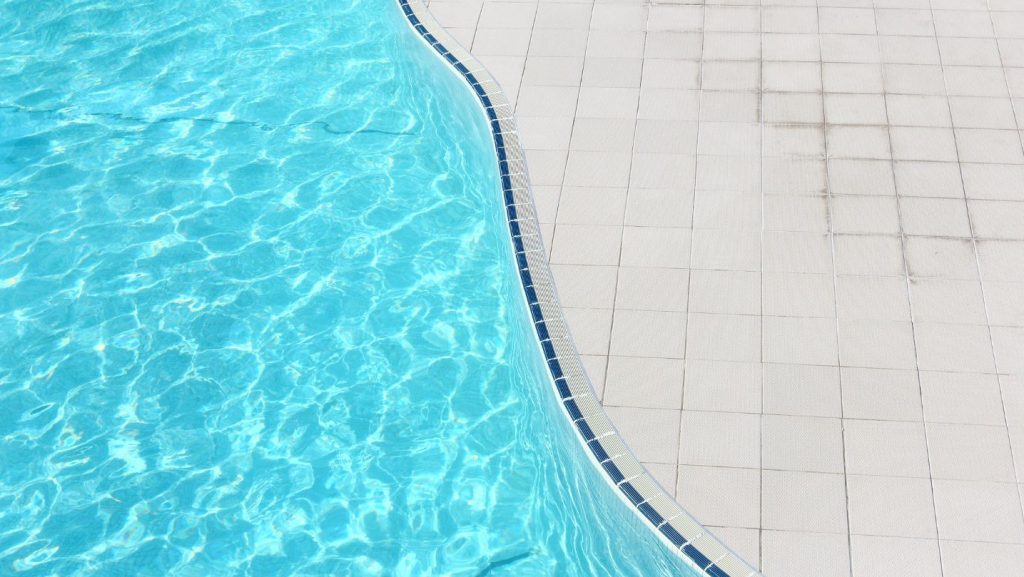Although, in Florida, we are often lucky enough to enjoy our pools year-round, the cooler months are the perfect time to address those bigger, yearly pool maintenance and upgrade items such as signs of deterioration, damage or other issues…and this may quite possibly include resurfacing your pool.
Resurfacing our swimming pools can eliminate wear, cracks and even improve and update the entire look of our pools. So, what should we look for to determine whether or not it is time for pool resurfacing? Some indicators that it is probably time to resurface your swimming pool include:
Time – No matter how vigilant and meticulous we are about our pool maintenance and care, time marches on and, with time, a pool’s surface will eventually start to feel rougher and, even worse, develop cracks or wear through which you might actually be able to see your Gunite. Even if you don’t notice these signs of wear and it has just been a while since your pool has been resurfaced, it may be time. Don’t wait too long because once your pool’s surface layers start to peel or crack, it will only get worse, spreading until it could cost you even more.
Leaks – That brings us to what we never want to hear. I know it is horrible to even think about, but, if you wait too long to resurface your pool, it may lead to leaks. Regardless of how long it has been since you had your pool resurfaced, you should also always keep an eye out for signs of leakage, including wet areas around your pool, loose tiles, cracks in your concrete pad around your pool and water loss that exceeds normal evaporation.
Appearance – Minerals, chemicals, leaves and other yard debris can cause staining and discoloration. If scrubbing doesn’t help, resurfacing can. Resurfacing your pool can also provide you with a choice of a wide array of colors, textures and patterns which could provide you with an entirely new or improved look for your pool.



 Hosting NSB
Hosting NSB